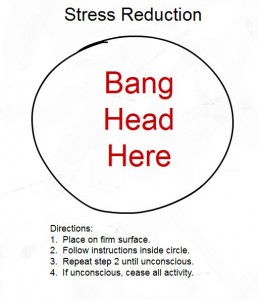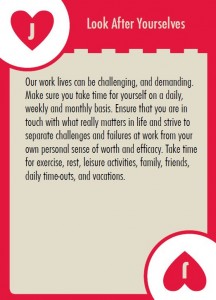 Yes, you read that right! When I make this suggestion in my resilience workshops, the gasps and protests don’t take long to surface. It seems blasphemous in our multi tasking, addicted to busyness culture to suggest that one ignore the “to do” list.
Yes, you read that right! When I make this suggestion in my resilience workshops, the gasps and protests don’t take long to surface. It seems blasphemous in our multi tasking, addicted to busyness culture to suggest that one ignore the “to do” list.
Once people get over their shock, I explain that it isn’t a permanent state of affairs, but rather a conscious choice one needs to make on a regular basis. In my experience, the more driven I am by my to do list the more my health suffers. I experience a myriad of chronic, and seemingly unsolvable, problems like stomach issues, neck and shoulder pain, insomnia and migraines.
We live in a quick and easy fix, immediate gratification type of society where we turn to medical experts to help us with our health issues. I know I have certainly had my share of visits to the doctor. I’ve recently been exploring how the brain starts to wire itself towards pain when we feel threatened. There’s a lot to be threatened by today and so it’s no surprise that so many people I talk with experience these baffling health issues as well.
Our to do list can also be threatening, especially if it’s long and not achievable, includes tasks that are highly unpleasant that stay on the list for weeks or months, or just reminds us that we are never “done” no matter how hard we may have worked that day. I think these to do lists often provide us with the illusion that if we just do all these things, we can control events and prevent bad things from happening. I know that some of my clients are really threatened by NOT doing their to do list as they really believe very bad things will happen.
While world events might be beyond our control, our to do list is in our control. Give yourself a regular break from being driven by the to do list and see what happens. Or at the very least, take some items off the list that don’t need to be there. I let go of several big to dos in the last 6 months that were keeping me in a constant state of “not enough.” My health has definitely improved and I’ve certainly been enjoying life more … and, even more important, nothing bad has happened 😉 In fact, a couple of remarkable things have happened that probably wouldn’t have if I had kept to that list.
How is your to do list working for you?



